How To Grow Edelweiss |
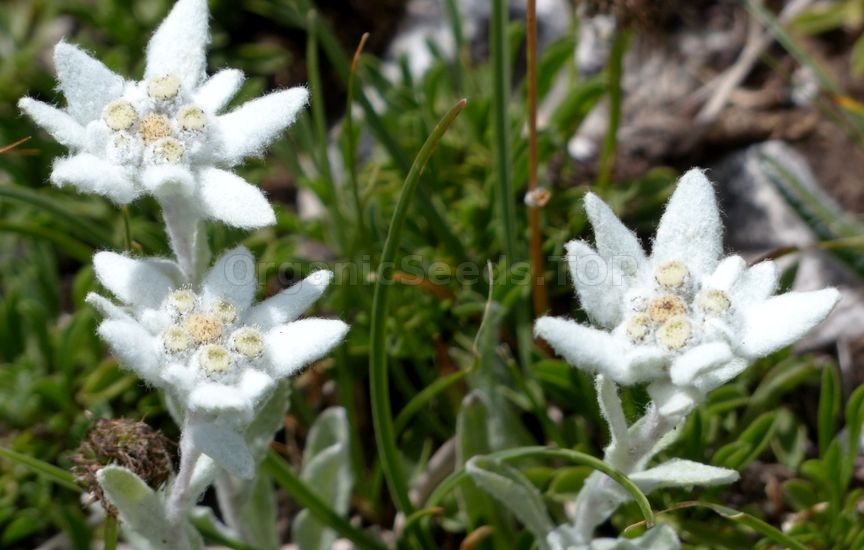 Sweet little alpine flowers and wooly leaves characterize the nostalgic edelweiss plant. Oddly, they are classified as short lived perennials, which produce fewer and fewer flowers over time. Edelweiss is a classic flowering plant whose name means “noble” and “white” in German. It is found in many challenging environments and originates from the Steppe of Asia. Learn how to plant edelweiss and enjoy it as part of your rock or container garden. What is Edelweiss?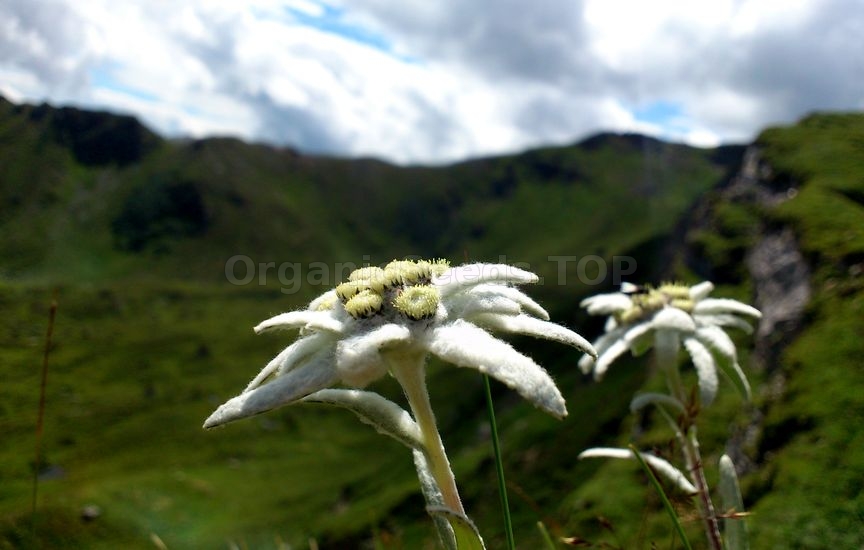 Edelweiss (Leontopodium alpinum) is a member of the daisy family. The plants are said to have snowy white flowers, but in reality the fuzzy white forms are modified leaves. The true flowers are short lived and rather unappealingly yellow and tiny. The plant is extremely hardy and has a fibrous root system that helps anchor it on rocky slopes. The thick, furry leaves help prevent moisture loss and form a barrier against wind and scouring rain. Edelweiss plants are slow growing and rarely exceed 8 by 8 inches. What is edelweiss useful for? The plant has derivatives that make excellent sun blocks and skin care! How to Plant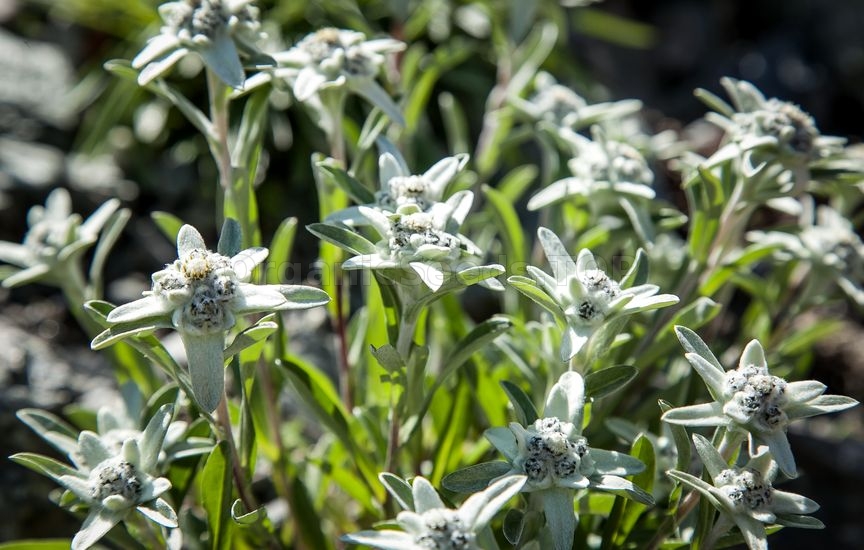 Edelweiss Edelweiss plants are not fussy little herbs. The need full sun and are hardy down to zone 4 in the USDA plant hardiness rating. You can purchase mature plants or start seed inside at least six weeks before the date of the last frost. Sow seed on the surface of the soil and then mist lightly. Keep damp until germination and then move the plants to a sunny window. Transplant the seedlings after hardening off into a well amended garden bed with bright light and excellent drainage. Growing edelweiss from seed is not a precise science. The germination percentage is variable. Store seed in the freezer for approximately three months to mimic the stratification they would receive in the wild. Care of Edelweiss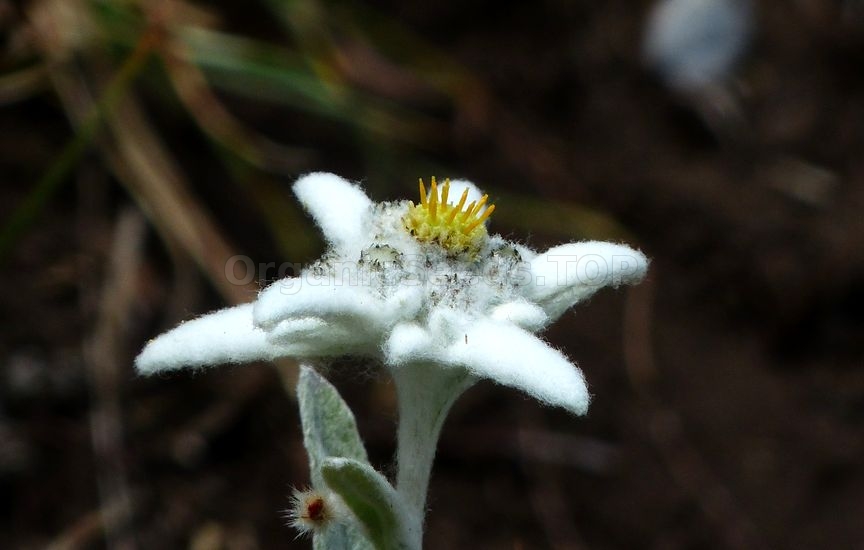 The most important consideration for growing edelweiss plants is the soil. They need superior drainage and a pH that is slightly alkaline to medium acidity. For container plants, make a mixture of equal parts peat moss, sand and compost. In-ground plants need a similar mixture, which you can work into the existing soil. One of the factors that is not important to the care of edelweiss is water. In its native range, edelweiss is exposed to scouring winds and freezing temperatures. It is often in arid conditions and doesn’t tolerate soggy soils. Once the plant is established, it rarely needs water and additional moisture should be suspended entirely in winter. Cover the plant with a thick layer of mulch in late fall and then pull it away in spring to allow new growth to come through. Edelweiss may self seed in areas with cooler summers. As a rule, it dies out after several seasons in the home landscape but the baby plants will eventually grow up and delight you anew with the wooly flower-like foliage. 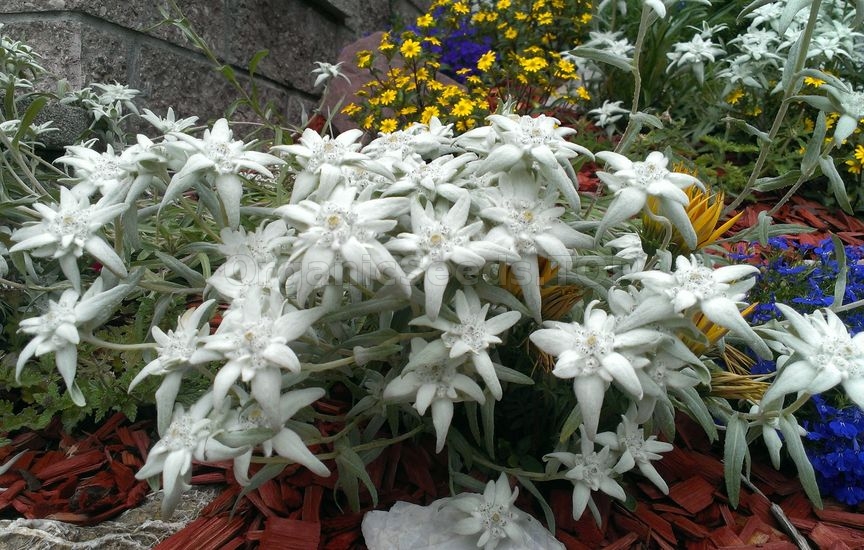 You may need:Organic Edelweiss Seeds (Leontopodium Alpinum) |
|
|
